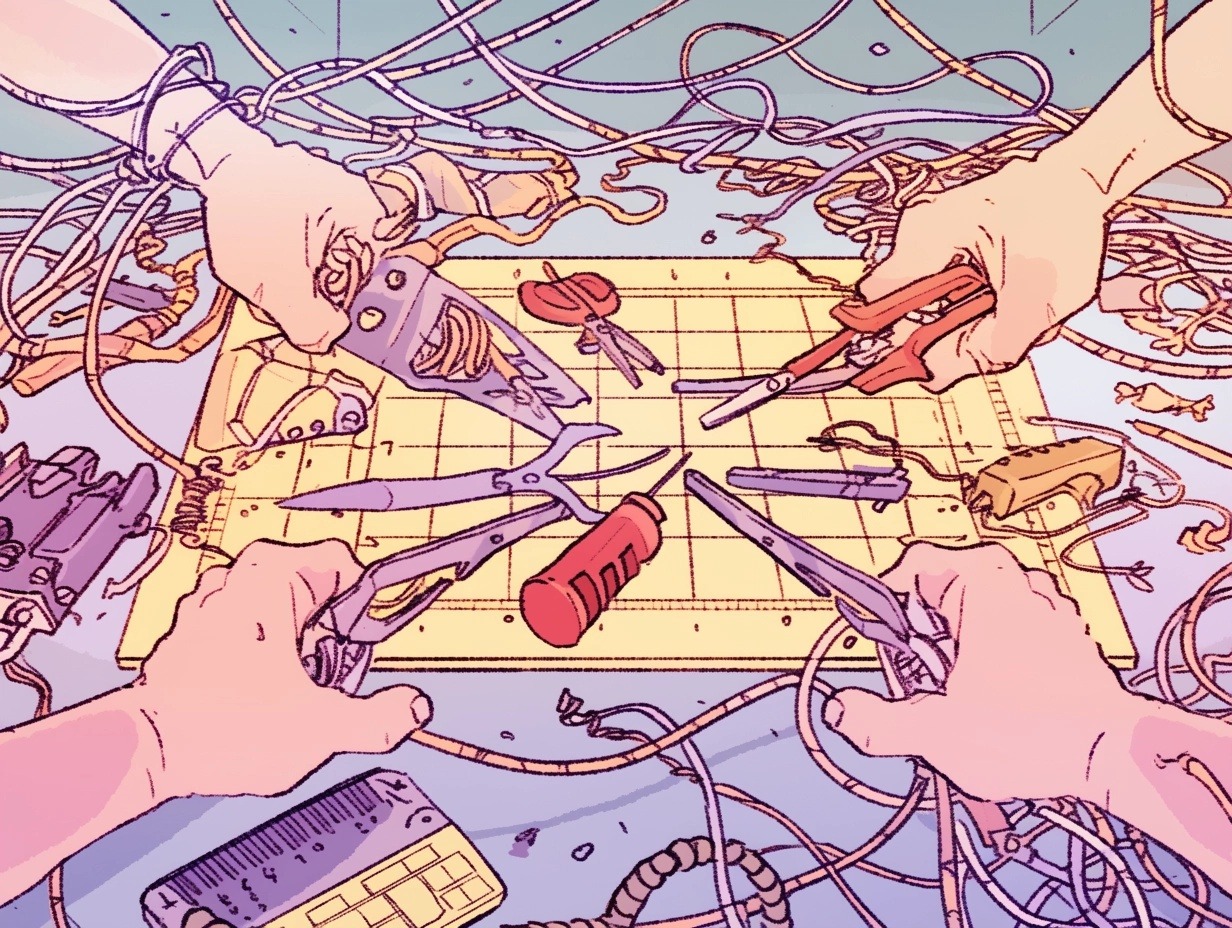The Hidden Dangers of Manual Workflows
If your team relies heavily on manual processes, you might be slowing your growth without even realizing it. Manual workflows require constant human oversight—every approval, update, or task handoff introduces a new chance for delays and miscommunication. Mistakes like incorrect data entries, lost files, and missed steps become more common, creating a ripple effect that drags down productivity and timelines. The end result? Bottlenecks pile up, making it hard for your organization to scale and stay agile in a fast-moving market.
References:
GitKraken: Why Bad Workflows Are Silently Killing Your Velocity (and How to Fix It)
Kissflow: 5 Ways Bad Workflows Are Hurting You – And How IT Can Fix It
How Manual Processes Stifle Innovation and Scale
Manual tasks eat up time and energy that could be better spent on creative business growth. When your team is tied up re-entering data, chasing approvals, and working through fragmented communication channels, there’s little room to innovate or pivot when new opportunities arise. These inefficiencies slow your organization, leading to more mistakes and higher operational costs. Meanwhile, competitors who automate are able to move faster and capture market share. Embracing digital workflows is key to unlocking innovation and keeping your business growing smoothly.
References:
Wrike: Workflow Optimization
Kissflow: 5 Ways Bad Workflows Are Hurting You – And How IT Can Fix It
The Business Benefits of Workflow Automation
Shifting from manual to automated workflows is a game-changer. Automation streamlines repetitive tasks and easily scales as your company grows—no need to keep hiring just to keep up. It also reduces mistakes, since standardized steps and automated reminders keep everyone on track. The result is better data quality, more consistent output, and even improved compliance with regulations. Teams feel less frustrated, more motivated, and empowered to focus on work that really moves the business forward.
References:
Kissflow: Turning Manual Work Flaws into Automated Workflows
Flowster: Workflow Management Mistakes (and How to Fix Them)
Identifying and Fixing Manual Workflow Mistakes
Bottlenecks, repeated mistakes, and unclear responsibilities are classic signs of flawed manual processes. The first step to solving these issues is mapping out exactly what your team does from start to finish. Look for extra approvals, redundant steps, or anything that depends on someone remembering to do a task. If you spot recurring missed deadlines, double data entry, or confusion over task status, it’s time for a change.
To improve, document each workflow in detail. Focus first on the areas with the most errors or hold-ups. Next, try out automation tools on these pain points, starting small so you can refine as you go. A little training and ongoing monitoring make sure improvements stick—and your workflow speeds up for good.
References:
Flowster: Workflow Management Mistakes (and How to Fix Them)
Wrike: Workflow Optimization
Choosing the Right Tools for Workflow Automation Success
Before diving into workflow automation, take an honest look at your current processes. Collaborate with teams to find out which parts of their daily work are repetitive, tedious, or prone to mistakes—these are your priorities for automation. Look for tools that fit smoothly with your existing systems, scale as you grow, and are easy for everyone to learn.
When shopping for an automation solution, check for features like robust customization, strong customer support, and detailed analytics. Test new tools with a single workflow to make sure they’re a good fit. Don’t forget: successful automation is as much about people as technology. Training, feedback, and ongoing communication set the stage for a smooth transition and lasting results.
References:
Kissflow: Turning Manual Work Flaws into Automated Workflows
GitKraken: Why Bad Workflows Are Silently Killing Your Velocity (and How to Fix It)
Getting Buy-In and Cultivating an Automation Culture
For workflow automation to succeed, you need more than just new software—you need everyone on board. Start by clearly communicating why automation matters and how it benefits both the business and individual team members. When business leaders champion the project, it signals that the change is a top priority.
But buy-in isn’t a one-time thing. Keep momentum by encouraging ongoing feedback, celebrating small wins, and providing regular training. This kind of open, collaborative approach helps teams quickly adapt, spot new automation opportunities, and drive long-term business growth.
References:
Wrike: Workflow Optimization


